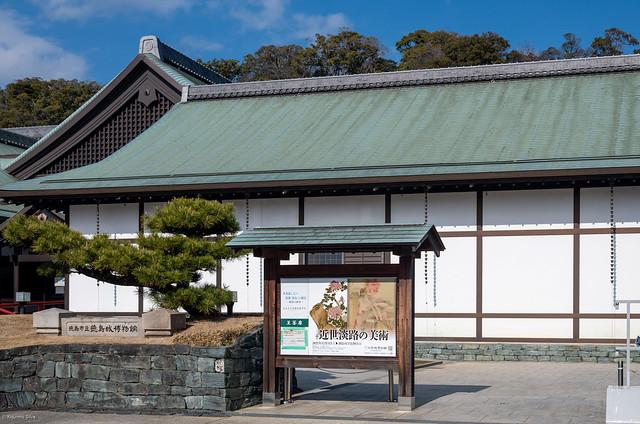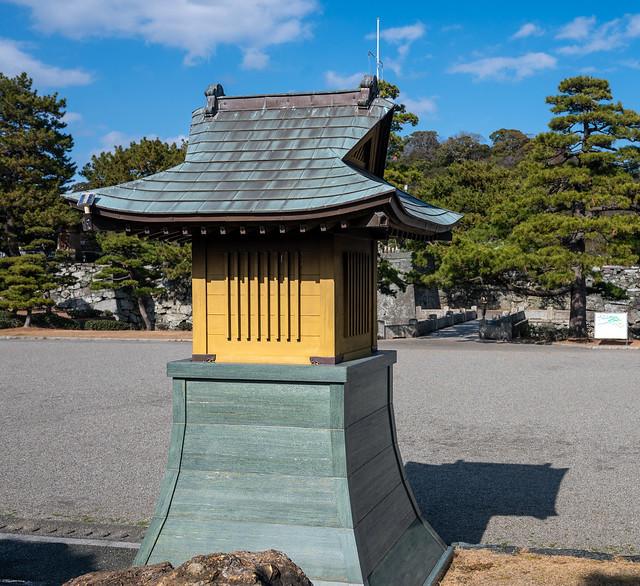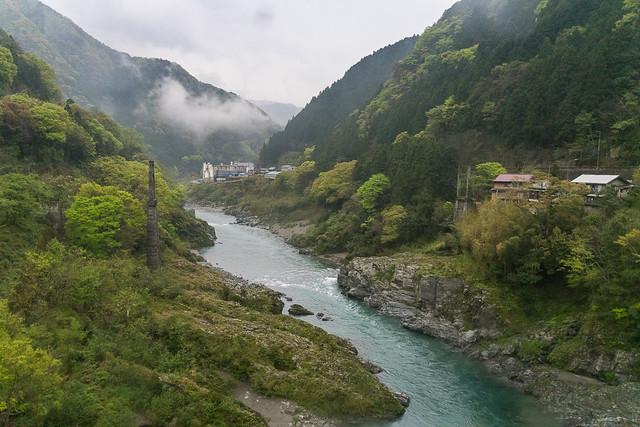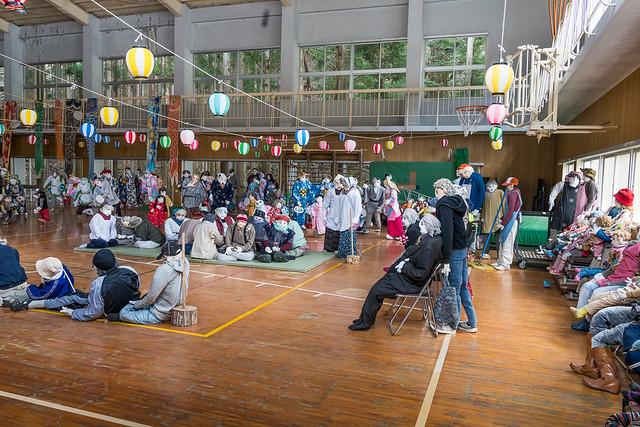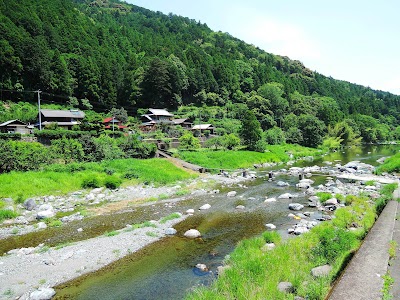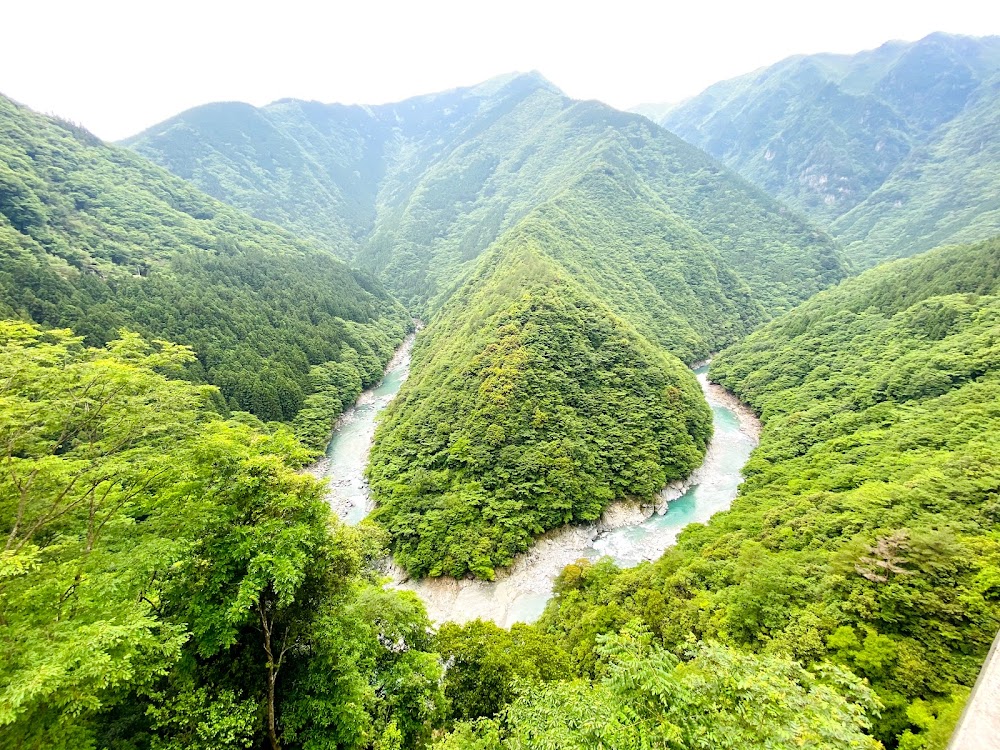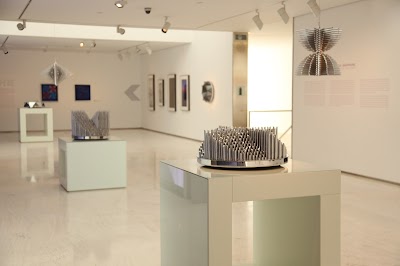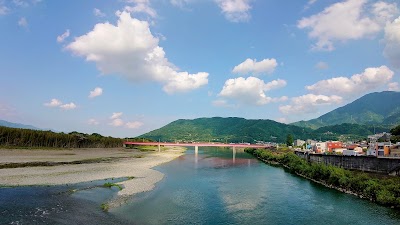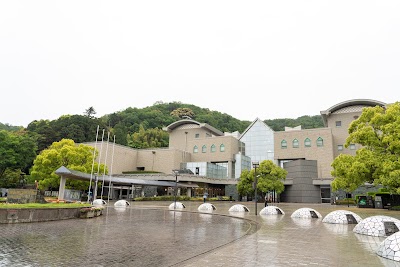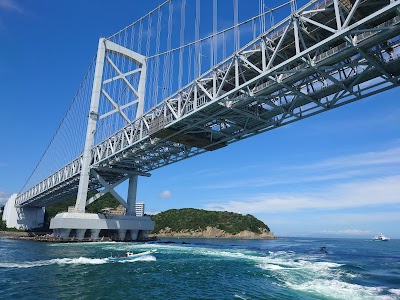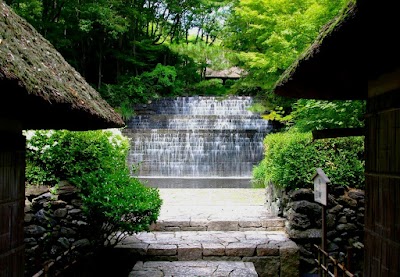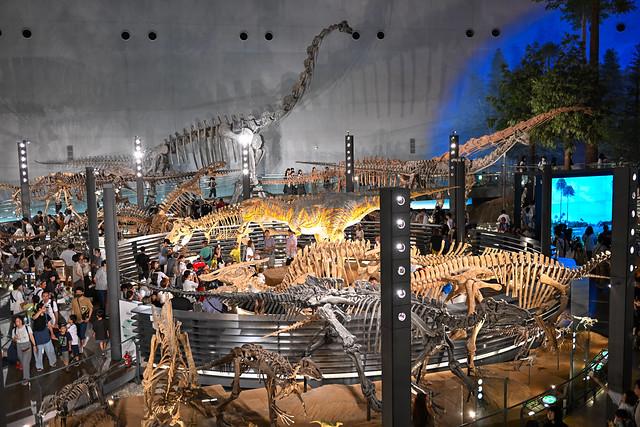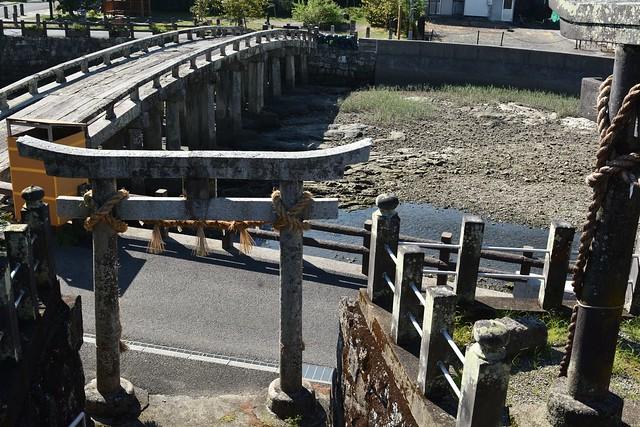Tokushima Prefecture
Overview
Tokushima Prefecture, located on the eastern side of Japan's Shikoku Island, is a vibrant region known for its rich cultural heritage and stunning natural landscapes. This prefecture stands out for its unique blend of traditional Japanese culture and modern attractions, making it an ideal destination for teenagers. One of the most famous cultural events here is the Awa Odori Festival, a dance festival held every August, which attracts performers and spectators from all over Japan and the world. Beyond its cultural festivities, Tokushima also offers beautiful natural sites such as the whirlpools of Naruto and the remote Iya Valley, known for its vine bridges and scenic mountain views.
The best time to visit Tokushima is during the summer, particularly in August when the Awa Odori Festival takes place. During this period, the weather is warm and humid, perfect for enjoying not only the festival but also outdoor activities such as hiking in the Iya Valley or visiting the beaches along the coastline. Summer is the high season for tourism, so expect larger crowds and a lively atmosphere. Additionally, this season allows for viewing the Naruto whirlpools at their most active, a natural phenomenon that is truly a sight to behold.
Before traveling to Tokushima, there are several preparations that teenagers should consider. First, familiarize yourself with some basic Japanese phrases, as this can greatly enhance interactions with locals, especially in less touristy areas. It’s also advisable to arrange accommodation well in advance, particularly if you plan to visit during the Awa Odori Festival when the area is busiest. Lastly, be sure to pack appropriate clothing for the weather; lightweight, breathable clothing for summer and a good pair of walking shoes for exploring the natural terrains. With these preparations in place, visitors are set for a memorable experience in Tokushima Prefecture.
How It Becomes to This
History not available

Places in Tokushima Prefecture
Explore the most popular attractions and landmarks
You May Like
Explore other interesting states in Japan
Discover More Area
Delve into more destinations within this state and uncover hidden gems.


